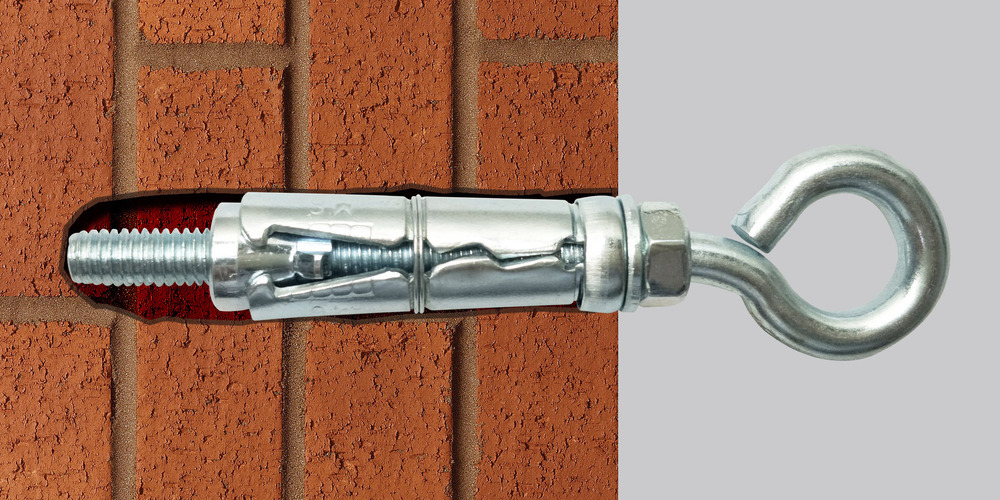For our customers' convenience, we have chosen to address the question "how much weight can an eye bolt hold?" that our support staff often receives. In case you weren't aware, an eye bolt's "rated capacity" is the maximum weight the bolt can carry when the load is perpendicular to the shank. If you know how much weight a particular anchor eye bolt can support, it's best to get in touch with the manufacturer, but the following chart should serve as an excellent general guide.
The accompanying table is meant to serve as a rough estimate. We'll now review some extra guidelines for protecting your facility's machinery and personnel. We disclaim any liability for any decisions made or actions taken from reading this guide, provided only for informational reasons.
What Happens If I Lift At An Angle?
Eye Bolt load capacity is affected by the angle at which the load is being pulled—a bolt's ability to support weight decreases with increasing grade. We may safely assume that the load-bearing capability will stay the Same At Angles Of Less Than 5 Degrees. The weight capacity, however, is lowered by 20% at merely 15 degrees. In general, the straight pull strength of a 1/4-inch-shank eye bolt can support up to 600 pounds (no angle). However, at such an angle of 15 degrees, that maximum weight capacity lowers to 480 pounds or 80% of the "straight pull" weight capacity.
How Big Should An Eye Bolt Be?
For our table above, "shank diameter" refers to the outside diameter of the bolt section that includes screw threads and is thus the most relevant dimension for estimating the maximum weight capacity of an eye bolt.
Conjunctival Bolts When It's Chilly
Working at temperatures lower than 30 degrees Fahrenheit (or -1 degrees Celsius) is often considered "cold weather" for setting standards. It would be best if you verified with the bolt manufacturers to be sure your bolts have been rated for safe use in the anticipated weather conditions since certain materials, such as carbon steel, are not suitable for use at such temperatures.
When Choosing Between Eye Bolts And Hoist Rings
Eye bolts may be used for a wide variety of purposes. However, unlike hoist rings, eye bolts are not intended to support weight at sharp, obtuse angles (45 degrees and above). Using hoist rings is preferable if you need to retain weight at an unusual angle.
Instructions For Setting Up
Drill a hole to the specified depth using a masonry bit with a 12mm diameter. Remove debris from the hole using a hand pump, pressurized air, or a vacuum. You may initiate the self-tapping operation of the concrete screw anchor by inserting it into the hole and rotating it while providing forward pressure. For very thick materials, it may be necessary to increase forward pressure. Tighten the anchor with a rod (lever) until it is well embedded.
Conclusion
When employing an eye bolt concrete screw anchor, you have the option of either short-term or long-term anchoring. This Allfasteners hex Concrete Screw-Anchor series includes a versatile Eye Bolt option. Due to its inability to expand and break surrounding substrate, the Optic Bolts Concrete Screw-Anchor is ideal for edge or anchor attachment.


